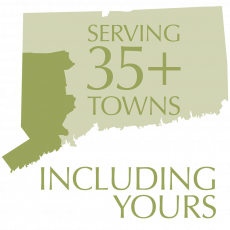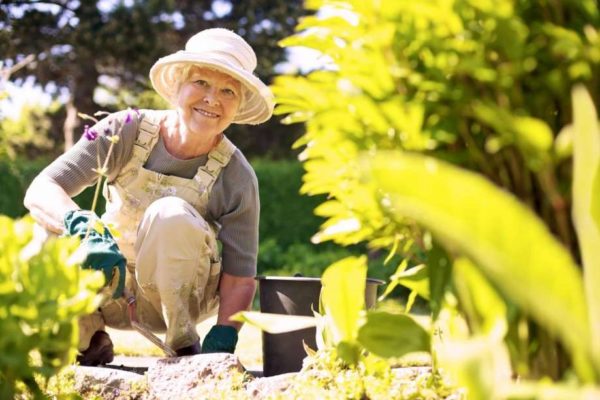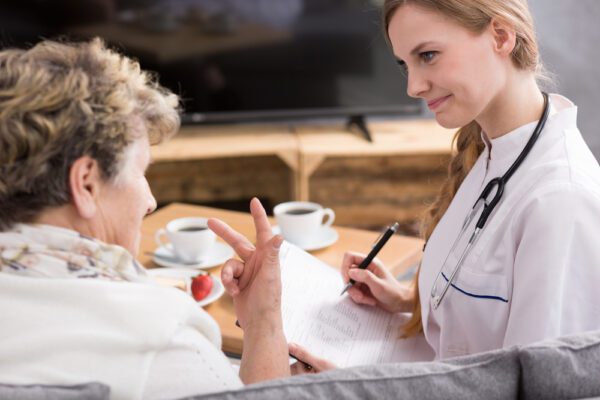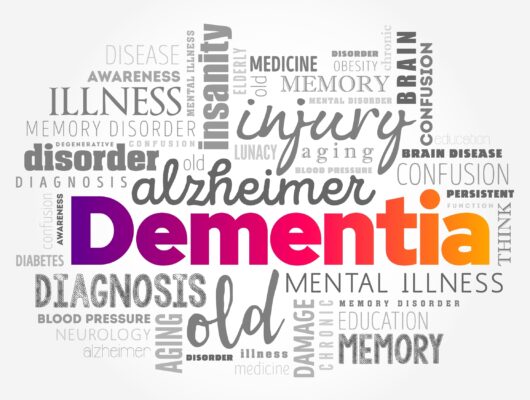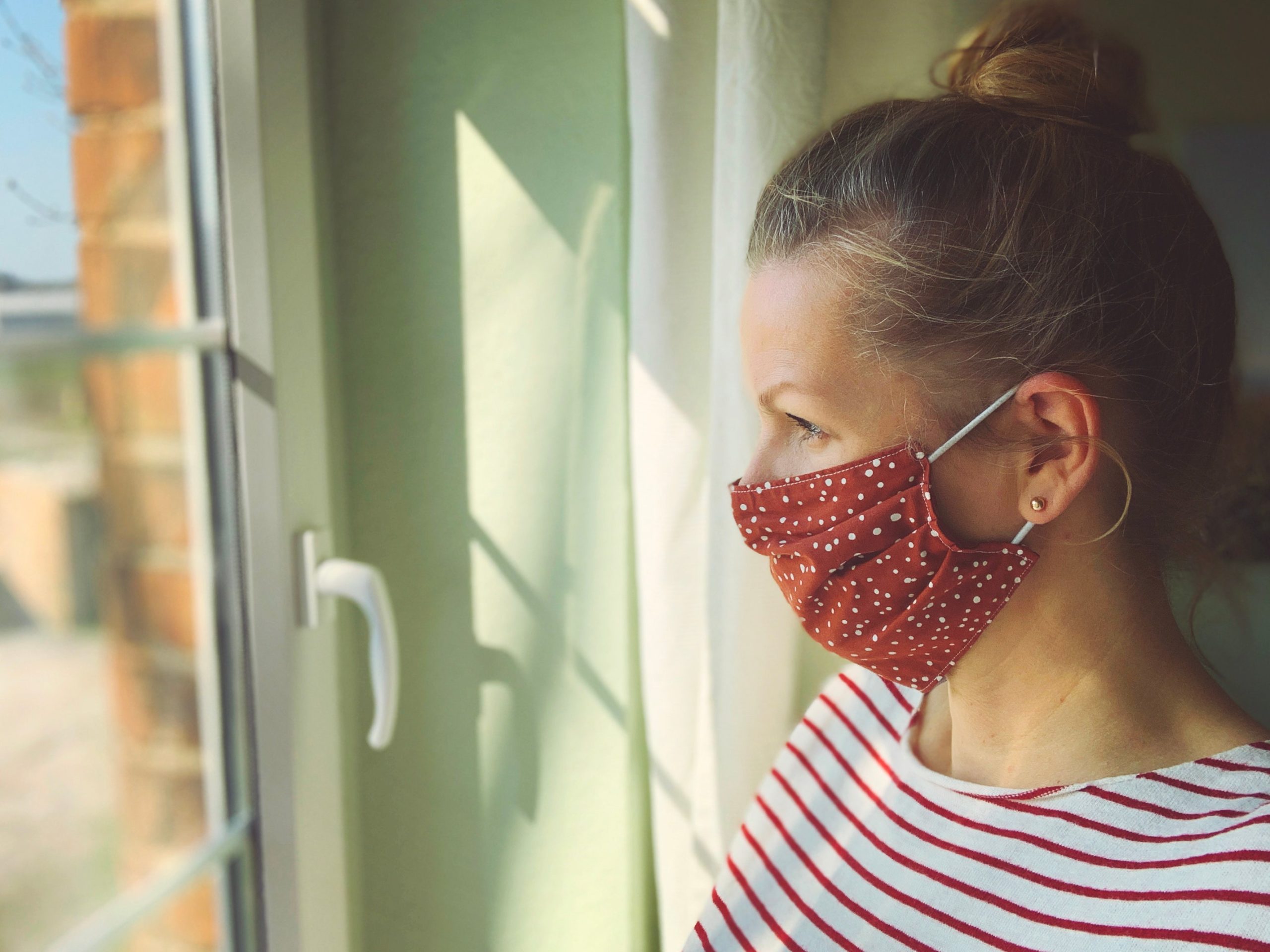

As a home health agency, RVNAhealth has been close to some of the more encouraging chapters in the COVID-19 story – such as patients who are receiving care for the virus in their private homes and anticipate a good recovery.
Many of our patients have family members caring for them. This calls for a reminder of the measures we must take when we have a COVID-19 patient at home. In addition to the CDC guidelines, RVNAhealth encourages protective gear when providing personal care — and we help supply it as well.
The following recommendations come from RVNAhealth and the CDC and are important to preventing the transmission of the coronavirus.
RVNAhealth recommends that family caregivers wear a mask (a handmade version is fine), gloves, and a gown for personal care that requires close contact and does not allow for social distancing. The gown may be an old article of clothing that can be washed after feeding or providing care. Medical gowns and surgical masks are not required for standard personal care. While many families have their own supplies, RVNAhealth also provides the families of patients that we care for with protective gear as needed to protect the family caregivers and keep them healthy.
Wash your hands frequently with soap and water for at least 20 seconds. If soap and water are not readily available, use a hand sanitizer with at least 60% alcohol.
Stay in separate areas. Use a separate bedroom, eating area, and dedicate a bathroom for the person who is sick, if possible.
Avoid having any unnecessary visitors in the home.
Avoid touching your eyes, nose and mouth with unwashed hands.
The person who is sick should wear a cloth face covering when around other people.
Avoid sharing household items. Avoid sharing dishes, drinking glasses, cups, eating utensils, towels, bedding or other items. Handle any items used by the person who is sick with gloves.
Use lined trash cans. Dispose of used gloves and other protective gear in a lined trash can and use gloves when disposing trash. If possible, dedicate a trash can for the person who is sick.
Have a cleaning and disinfecting plan.
- For hard and non-porous surfaces, surfaces should be cleaned with soap and water first, followed by a disinfectant.
- Soft and porous materials should be cleaned or laundered on warmest possible settings. Consider temporarily removing soft and porous materials, such as rugs.
- ”High-touch” surfaces should be cleaned daily, including tables, doorknobs, light switches, countertops, handles, desks, toilets, faucets, sinks, and electronics such as phones, keyboards, and touchscreens.
- Wash dishes and utensils with hot water and soap or a dishwasher.
- Wash and dry laundry on warmest possible setting. Cloth masks may be laundered. Surgical and paper masks will disintegrate in the laundry.
- Always wear gloves appropriate for the chemicals you are using. Remove and dispose of gloves properly and wash hands thoroughly after cleaning tasks.
The person who is sick should avoid contact with pets. Pets should not be handled by the person who is sick.
Provide support for basic needs. Make sure the person who is sick drinks a lot of fluids, rests, and follows their health care provider’s instructions.
Watch for warning signs. Have the patient’s health care provider phone number on hand. Call if your loved one keeps getting sicker. Call 911 right away if difficulty breathing, persistent pain or pressure in the chest, new confusion or inability to wake up, or if patient has bluish lips or face.
For complete details, please visit the CDC website, COVID-19: Caring for Someone Sick at Home

